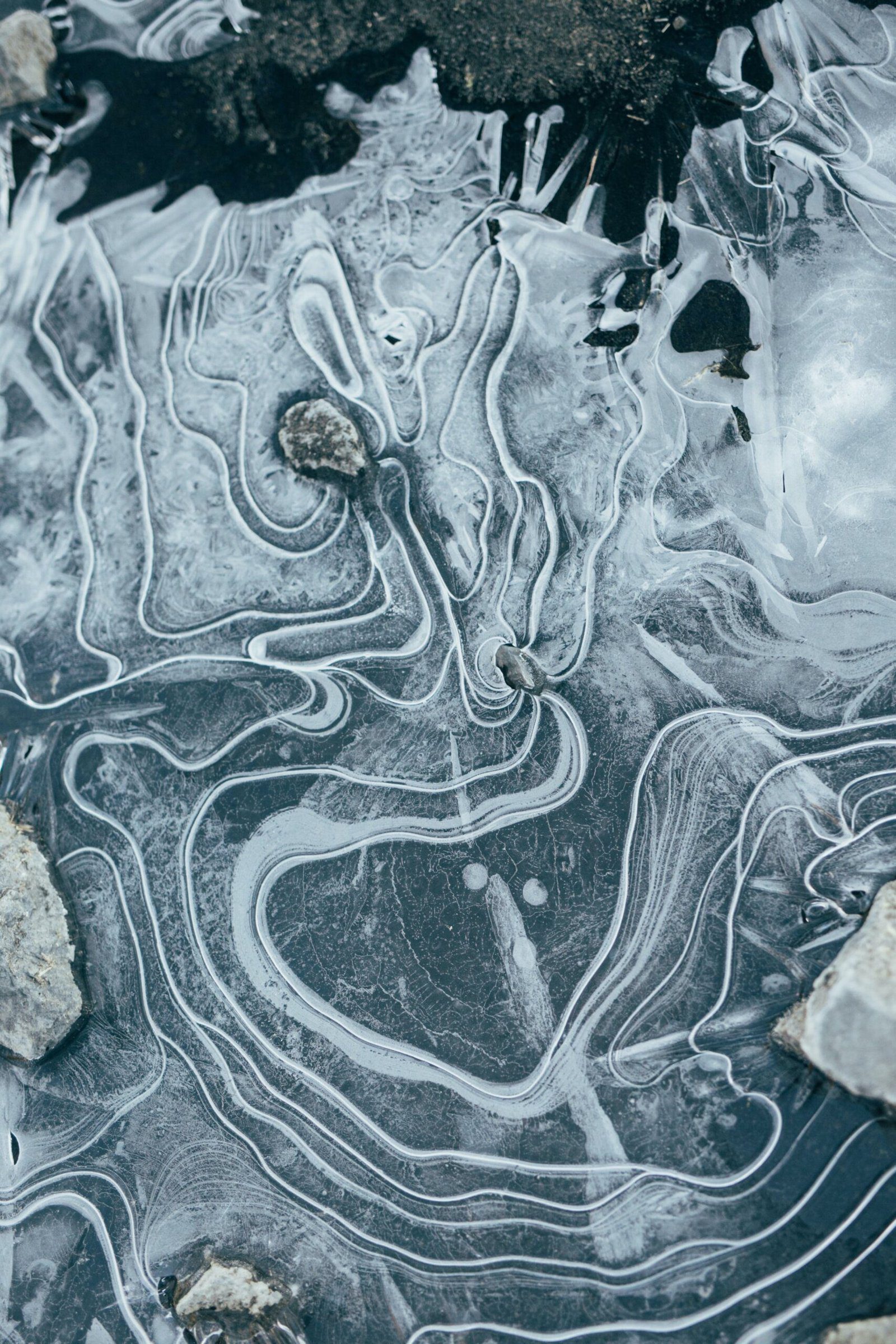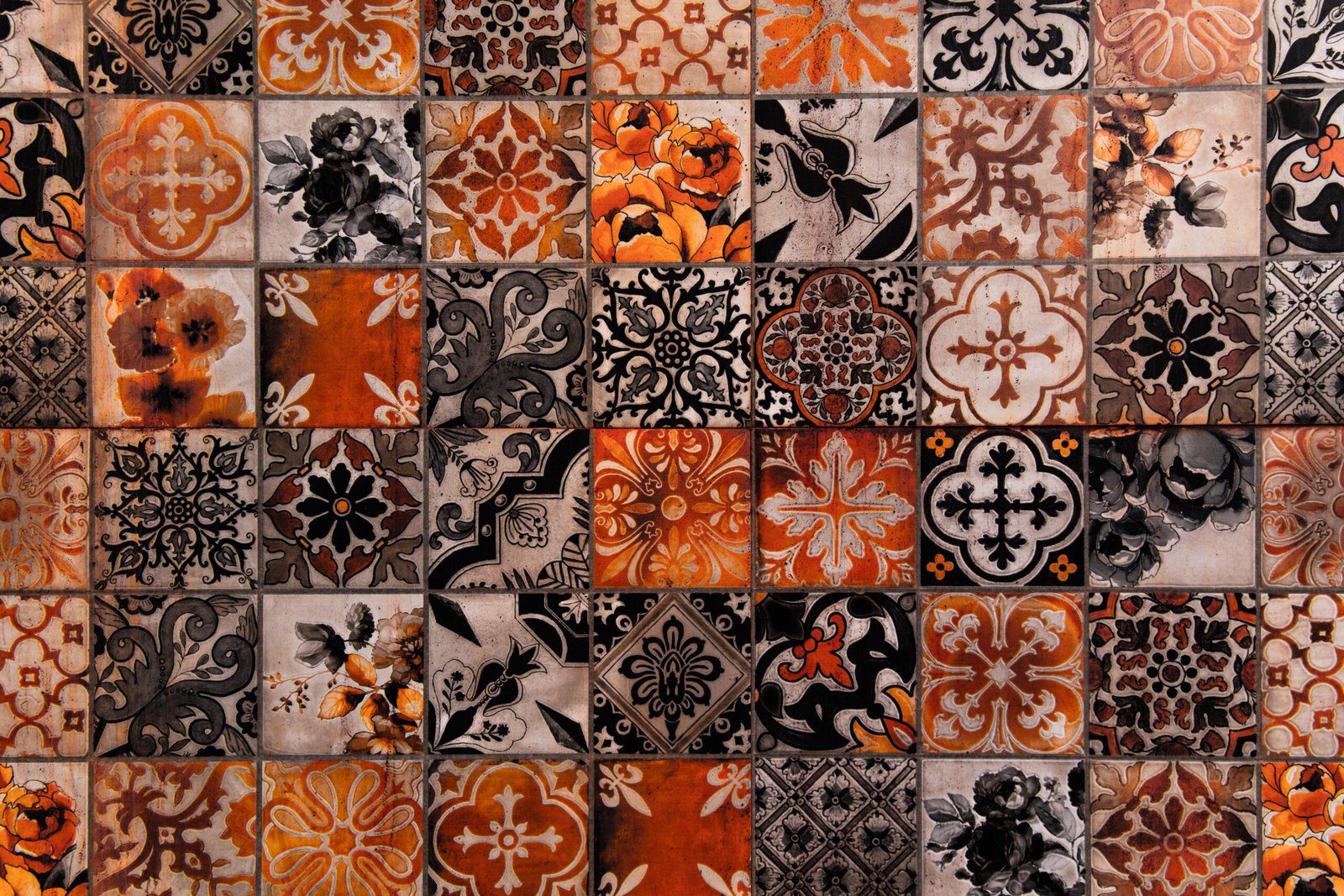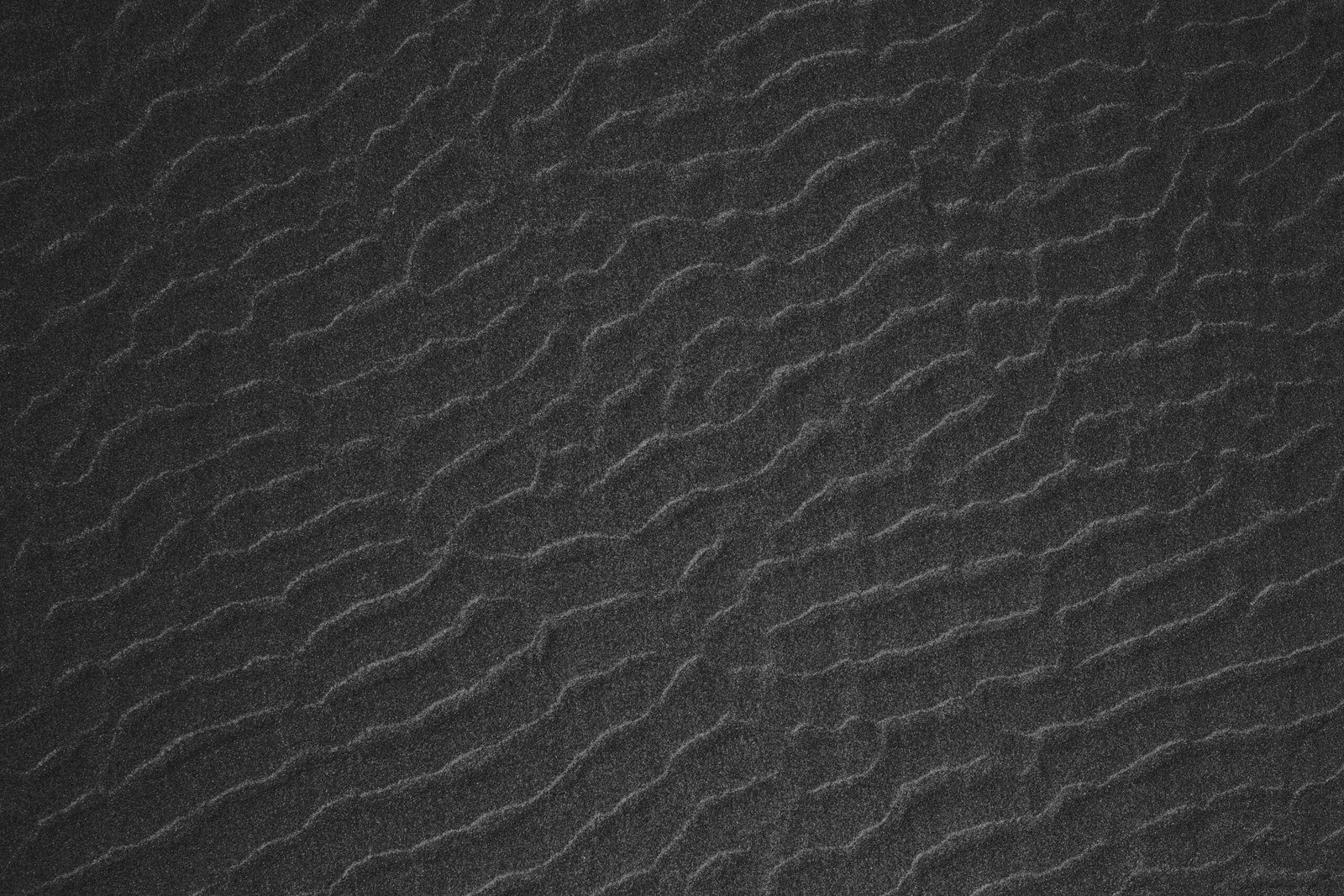Table of Contents
Have you ever wanted to create your very own cuddly capybara? Look no further! We are thrilled to present to you the “Free Capybara Sewing Pattern.” This delightful pattern allows you to sew your own adorable capybara plushie, perfect for gifting or as a unique addition to your own collection. With detailed instructions and helpful tips, you’ll find joy in every stitch as you bring this loveable creature to life. So gather your sewing supplies and prepare to embark on a fun and satisfying crafting adventure with our free capybara sewing pattern.

Materials needed
To create your own adorable capybara plush toy, you’ll need a few materials. Here is a list of everything you’ll need to gather before getting started:
Fabric
Choose a soft and durable fabric for your capybara. Fleece or minky fabric work well for this project due to their cuddly texture.
Stuffing
Get some high-quality stuffing to give your capybara a nice, plump feel. Polyester fiberfill is a popular choice as it is hypoallergenic and gives the plush toy a soft and squeezable texture.
Sewing machine
Having a sewing machine will greatly speed up the process and ensure sturdy seams. While it is possible to sew by hand, a sewing machine will make the task more efficient.
Thread
Choose a thread color that matches your fabric to create seamless stitches. Polyester thread works best for plush toy projects as it is strong and durable.
Scissors
Invest in a good pair of fabric shears or sharp scissors to cut through the fabric with precision. Make sure they are reserved for fabric and not used for other purposes to maintain their sharpness.
Pins
Straight pins are essential for securing the fabric pieces together before sewing. They will ensure that your capybara’s limbs and other parts are securely attached.
Needle
Have a pack of hand sewing needles on hand for any necessary hand sewing. They come in various sizes, so select needles that are suitable for your fabric thickness.
Embroidery floss
Embroidery floss is used for creating detailed facial features or adding extra embellishments. Choose colors that complement your capybara’s overall color scheme.
Buttons or safety eyes
Decide whether you want to use buttons or safety eyes for your capybara’s eyes. Safety eyes are a safer choice, especially if the plush toy is intended for young children.
Tailoring chalk or fabric pen
These tools will come in handy for marking pattern placement on the fabric. They can be easily wiped off or washed away, leaving no permanent marks.
Preparing the pattern
Before diving into the sewing process, you need to prepare the pattern. Following these steps will ensure accurate and smooth construction of your capybara plushie.
Printing the pattern
First, download and print the capybara sewing pattern. Ensure that your printer settings are correctly adjusted to maintain the pattern’s original size. Double-check the printing instructions to avoid any scaling issues.
Assembling the pattern
Once you have your pattern printed, cut out the individual template pieces carefully. Match the alignment lines and tape them together as indicated on the pattern. This will create a full-size pattern to work with.
Cutting the fabric pieces
Using the assembled pattern, trace and cut out the necessary fabric pieces for your capybara plush toy. Take your time to ensure precise cuts that match the pattern’s shape. Use tailoring chalk or a fabric pen to mark any relevant pattern markings on the fabric pieces, such as dots or notches.

Sewing the capybara
Now that you have your fabric pieces ready, it’s time to start sewing your capybara plushie. Follow these steps to bring your capybara to life:
Sewing the body
Begin by sewing the body of the capybara. Place the main body pieces together, right sides facing, and pin them in place. Starting from one side, sew around the edges, leaving a small opening for turning and stuffing. Use a 1/4-inch seam allowance for this step.
Attaching the limbs
Next, sew the limbs. Match the limbs’ corresponding fabric pieces, right sides together, and pin them together. Sew along the edges, leaving the straight edge open for stuffing. Repeat this step for all limbs, taking care to sew securely at the connection points.
Creating the face
To give your capybara its adorable face, sew the face components together. Pin the face pieces in place, right sides together, and sew along the edges. Leave the bottom or back of the head open for attaching to the body later.
Sewing the ears
Attach the ears to the head of the capybara. Pin the ear pieces to the sides of the head, matching the placement indicated on the pattern. Sew around the edges of the ears, leaving the bottom edge open for attachment to the head.
Adding the tail
Lastly, sew the tail by folding the tail fabric piece in half and sewing along the long edge. Turn the tail right-side-out and attach it to the back of the capybara’s body. You can sew it directly to the body or use a hand sewing needle and thread for a more secure attachment.
Detailing and embellishments
Now that your capybara’s basic structure is complete, it’s time to add some flair and personality to your plush toy.
Embroidering the eyes and nose
Using embroidery floss, carefully embroider the eyes and nose onto the capybara’s face. Refer to the pattern or your imagination for design inspiration. Take your time with this step to ensure precise and aesthetically pleasing features that bring your capybara to life.
Decorating the capybara
Feel free to get creative! You can add extra touches to your capybara by decorating it with embroidery stitches, fabric paint, or even appliques. Consider adding a cute belly button or simple patterns on its fur to make it extra special.
Adding accessories
If desired, you can enhance your capybara’s appearance by adding small accessories. Maybe it needs a bowtie or a tiny hat? Explore your creative side and have fun personalizing your capybara plushie to reflect your style.

Tips and tricks
As you embark on sewing your capybara plush toy, here are some helpful tips and tricks to ensure a successful and enjoyable experience:
Choosing the right fabric
Opt for a fabric that is durable, soft, and safe for use in plush toys. Fleece and minky fabric are excellent choices due to their cozy texture and ability to withstand frequent cuddles.
Ensuring proper stuffing
When stuffing your capybara plushie, be sure to distribute the stuffing evenly throughout. Use small handfuls of stuffing at a time to avoid lumpiness and maintain a smooth appearance. Don’t overstuff, as it can distort the shape or burst the seams.
Using safety eyes versus buttons
Consider using safety eyes instead of buttons for your capybara’s eyes, especially if children will be playing with the plush toy. Safety eyes are securely attached and pose no choking hazard.
Stitching techniques
Pay attention to your stitching techniques to ensure neat and durable seams. Use a straight stitch for most seams and reinforce stress points, such as limbs, by backstitching or sewing a few stitches forward and backward.
Making adjustments to the pattern
Feel free to customize your capybara plush toy by making adjustments to the pattern. You can enlarge or reduce its size, change the facial expression, or experiment with different colors and fabrics to make it truly unique.
Common mistakes to avoid
While sewing your capybara plush toy, keep these common mistakes in mind to avoid any potential setbacks:
Misaligning pattern pieces
Take care when aligning the pattern pieces to ensure precise placement. Misaligned pattern pieces can result in an asymmetrical or misshapen capybara.
Not stuffing firmly enough
Insufficient stuffing can lead to a flat or limp plush toy. Make sure to stuff firmly, paying attention to the corners and curves for a more visually pleasing result.
Using incorrect thread tension
Adjust your sewing machine’s thread tension as instructed by the machine’s manual. Incorrect thread tension can result in loose or tight stitches that compromise the quality and durability of your capybara plushie.
Skipping important steps
Rushing through the sewing process or skipping essential steps can lead to a less polished end product. Take your time, follow the instructions carefully, and ensure each step is completed before moving on.
Not securing small parts properly
If you choose to use buttons or other small parts for embellishments, ensure they are securely attached to avoid them becoming loose and potentially posing a safety hazard.
Caring for your capybara
Once your capybara plush toy is complete, it’s important to know how to care for it properly to maintain its longevity and appearance.
Cleaning instructions
To keep your capybara clean, spot clean it as needed using a gentle detergent and a soft cloth or sponge. When necessary, hand wash the plush toy in lukewarm water using mild detergent. Gently squeeze out excess water and allow it to air dry.
Storage recommendations
When not in use, store your capybara plush toy in a cool and dry place to prevent dust and moisture build-up. Consider using a plastic bag or a dedicated storage container to keep it safe from potential damage.
Repairing any damages
Accidents can happen, and your capybara may need repairs over time. If any seams come undone or small damages occur, use a hand sewing needle and matching thread to mend them promptly. Regularly inspect your plush toy for any signs of wear and tear to address them before they worsen.
Final thoughts
Congratulations on completing your handmade capybara plush toy! Now that your capybara is ready to be enjoyed, here are some final thoughts to consider:
Enjoying your handmade capybara
Take some time to appreciate your hard work and enjoy the company of your handmade capybara plush toy. Cuddle up with it, display it on a shelf, or gift it to someone special.
Sharing your creation
Share your creation with friends and family who appreciate your sewing skills and love for capybaras. They will surely be amazed by your handcrafted masterpiece.
Exploring other sewing patterns
Now that you have successfully completed the capybara sewing project, consider expanding your sewing horizons. Explore other sewing patterns and unleash your creativity by making a variety of adorable plush toys.
Conclusion
By following this comprehensive article, you have learned how to create a capybara plush toy from start to finish. With the right materials, careful preparation, and sewing techniques, you can create a lovable capybara friend that will bring joy and cuddles for years to come.

